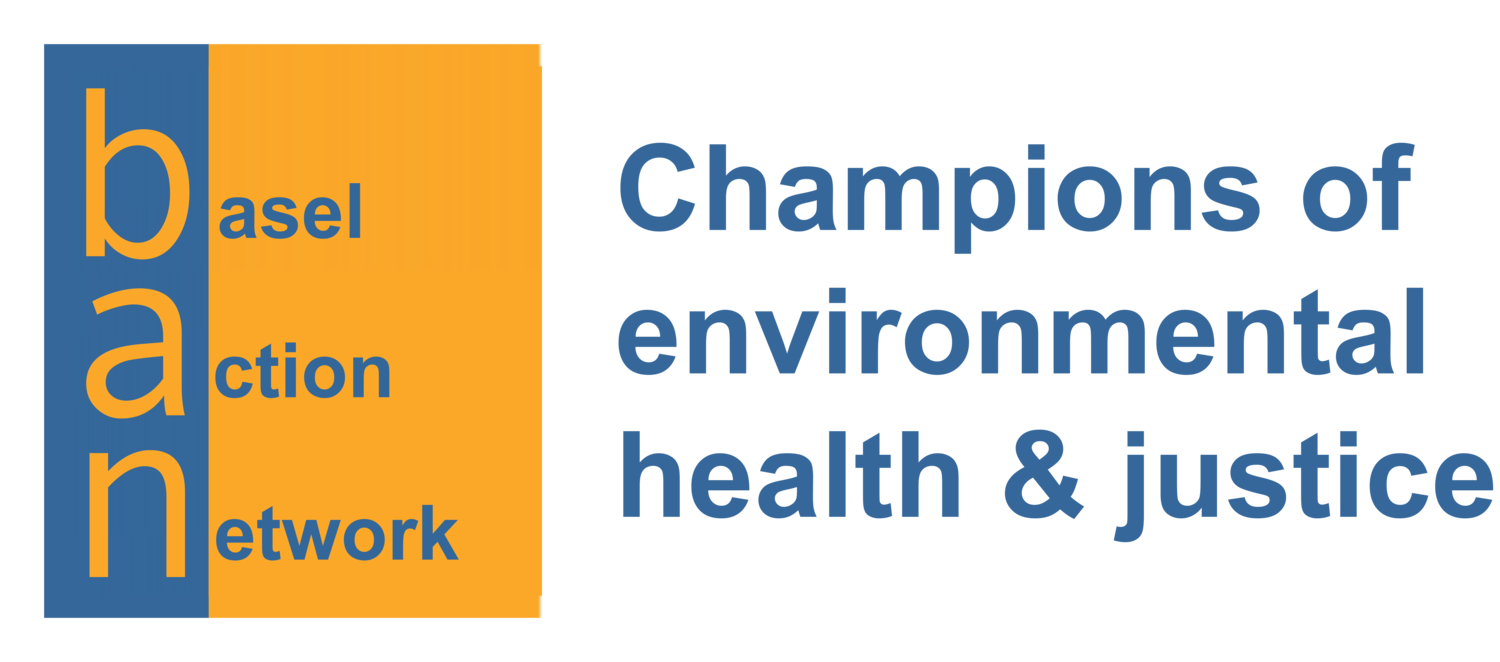No Trespassing. That Means You, Toxins
/Do we have a fundamental human right to not be exposed to toxic substances?
Can we say “no trespassing” to chemicals?
Does the right to physical integrity include a right to not be harmed by toxins?
These are a few of the questions BAN grappled with last week.
Last week, our Executive Director, Jim Puckett, took off for Geneva, Switzerland to participate in a roundtable meeting for the United Nations Special Rapporteur on the implications for human rights of the environmentally sound management and disposal of hazardous substances and wastes (say that title three times fast).
If you saw our previous post about waste prevention, you’ll see that last week was a busy one for us at BAN.
But first, some history: In 1995, based on our work and the work of delegates from developing countries, the United Nations Human Rights Council (formerly the Commission on Human Rights) created a role called a Special Rapporteur with the mandate to explore the connection between human rights and toxic trade issues. In 2011, they extended the mandate to cover not just hazardous waste trade, but the whole life-cycle, from manufacturing to final disposal. Currently, Baskut Tuncak with the Center for International Environmental Law serves as the Special Rapporteur.
Last week, he convened the consultation in beautiful Geneva to discuss the link between human rights and toxic waste.
We joined our partners at Pesticide Action Network, IPEN, International Campaign for Responsible Technology, and United Nations Environment Programme, as well as pediatricians and representatives from human rights organizations, children’s rights groups, and occupational health and safety organizations. Together we discussed the best way to talk about freedom from toxic exposure as a fundamental human right, including toxic trespass.
Toxic trespass is the idea that harmful chemicals – chemicals that are suspected or known to cause serious health issues, like reproductive problems, cancer, or neurological damage – enter our bodies through the air we breathe, the food we eat, and the water we drink, all without our consent.
Although the “get off my property!” kind of trespassing isn’t a right, it’s a law, the concept fits here, especially when considering children. Babies and children are often much more vulnerable to exposure, since they’re closer to the ground, stick their hands in the mouths all the time, and their bodies have yet to develop some physical protections that adults have. How could children possibly consent to having these toxins enter their bodies?
The goal of this meeting, and what will be many more meetings like this, is to create a guidance document for the Human Rights Council to adopt. Although for the Human Rights Council, we see huge potential for much broader uses. Any community environmental or human rights group could use this document as support for their cause, to prevent exposure, and to create real change.
We’re looking forward to shaping this emerging dialogue at the intersection of human rights and environmental justice.
What do you think? Do we have a right to not be exposed to toxic substances? Let us know in the comments below.

